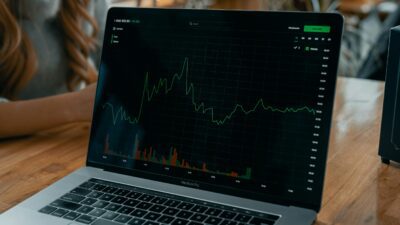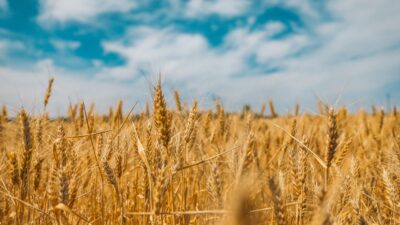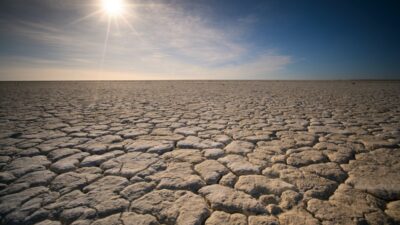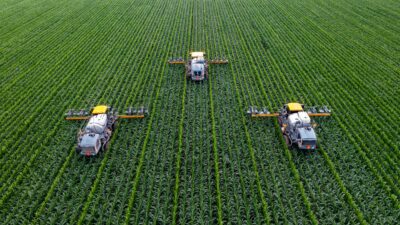
Business in the dark as it heads into a climate changed future
Public concern about climate change has concentrated (correctly) on business’ role in the production of greenhouse gas. Focus has been (again, appropriately) on how to make business pay for their contribution.
But, as a matter of survival, organisations need to be looking at the other side of that ledger: what impact is climate change having on their business?
How should corporations measure the risk that climate change will have on individual businesses?
Just as a business is required to account to its shareholders on how it is managing for known risks (e.g. health and safety, cyber security, regulatory change), the world has moved into a timeline where the risks of extreme weather from climate change are already baked into the environment (but not so much business plans).
So where is the information on corporate financial risk arising from climate change to be found?
Projections from many general circulation and some regional climate models are open source.
But these models whilst useful can also be misleading and are not always suitable for the types of risk business wants to assess, such as localised or extreme events over decadal timescales. Ultimately, this is what businesses largely want – weather information at a micro level and over a time period relevant to financial decision-making: the dairy farmer, the bank providing residential mortgages and the investor in large-scale infrastructure projects, all need to know what the climate is going to do in their small patch of the world over a long-enough timeframe that will allow them to plan.
There are plug-and-play models in the market that offer climate risk analysis – but these are largely ‘black boxed’, meaning it is impossible to assess their veracity and strength.
Financial risk analysis drawing on climate change projections is an entirely novel field of intellectual endeavour. It will require the development of a new skill set – the ability to translate complex scientific information about the climate into a risk assessment and to provide forward-looking information for a particular business within a specific industry whilst satisfying investor needs, listing and regulatory requirements (from prudential authorities, stock exchanges and governments).
The academic course that can train such a professional has not even been drawn up yet. Such a course would need to be responsive and adaptable to a rapidly evolving set of business needs and scientific capabilities. At its core such a course would also need to be interdisciplinary and prepare its students with the ability to assess risk, as well as vulnerability. While the former would most likely call for skills in maths and the physical and data sciences, the latter will by contrast require the social sciences. The result? A new type of profession: the Climate Translator.
You can learn more about this research and the ideas discussed, in Business risk and the emergence of climate analytics, authored by Tanya Fiedler Andy J. Pitman, Kate Mackenzie, Nick Wood, Christian Jakob & Sarah E. Perkins-Kirkpatrick, and published in Nature Climate Change.
Image by Jonny Clow
Tanya is a lecturer in the Discipline of Accounting at the University of Sydney Business School. Her research is deeply interdisciplinary in nature, and considers the ways in which engineering, data analytics and climate science integrate into work practices, business strategy and accounting.
Share
We believe in open and honest access to knowledge. We use a Creative Commons Attribution NoDerivatives licence for our articles and podcasts, so you can republish them for free, online or in print.







